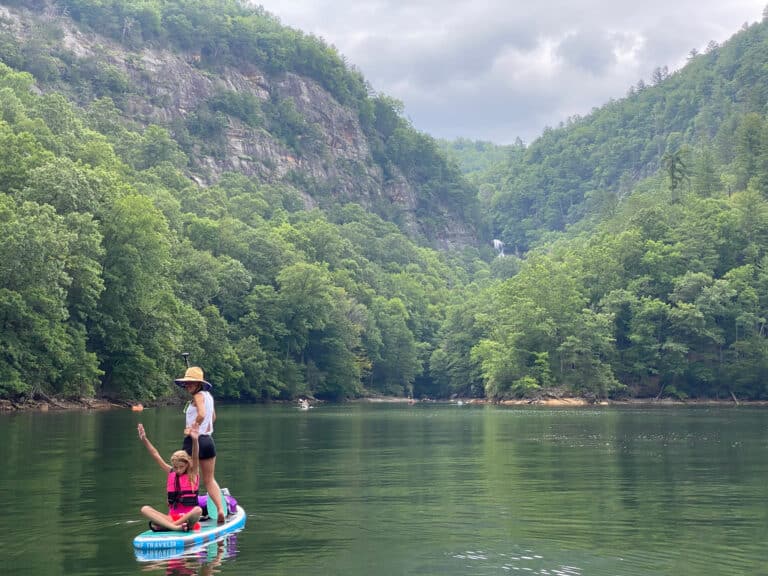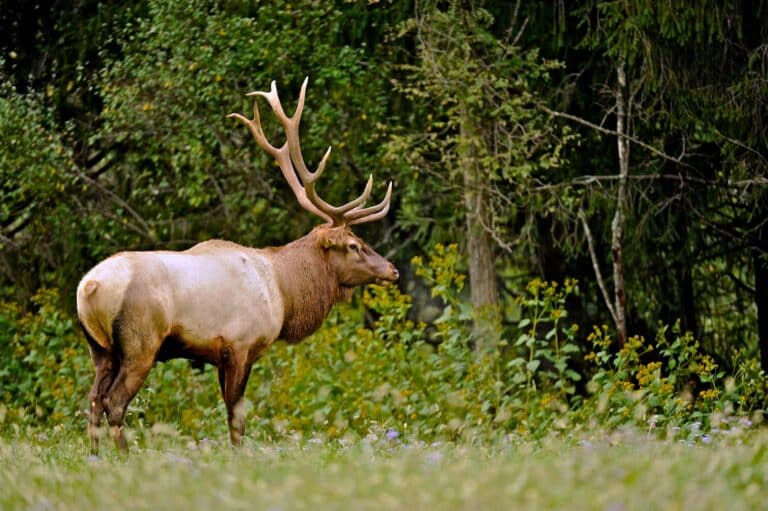Dear EarthTalk: Are there any conservation efforts focused on animal species endemic to islands likely to be submerged by rising sea levels? — H. Wyeth, Anahola, HI
Islands are indeed likely to be the areas hardest hit by our warming climate. The Intergovernmental Panel on Climate Change (IPCC), a group of leading climate scientists from around the world convened by the United Nations to assess the ongoing risk of global warming, predicts a global average sea level rise of between 3.5 and 34.6 inches over the next century. And the Alliance of Small Island States (AOSIS), a coalition of 42 small island and low-lying coastal countries that have banded together to lobby United Nations policymakers, reports that warming-induced sea level rises could threaten the very existence of some island nations including the Maldives, Kiribati and parts of the Bahamas.
Those low-lying nations that do manage to hang onto some land will contend with not only continuously rising seas and stronger more frequent storms, but also declines in the productivity of their agriculture and fisheries. Salt water intrusion will limit the amount of freshwater available for crops and in some cases undermine the integrity of the soil itself. And as coral reefs die off, the abundant marine life that once congregated around them will disappear.
As for wildlife, it’s unclear just how much certain endemic species will be affected by rising sea levels and other environmental hazards exacerbated by global warming. Clearly the biggest threat is habitat loss: Land forms that once sustained certain animals may no longer be above water or otherwise suitable for some species. Those fortunate enough to be on big continents may be able to move away from shore to neighboring areas that can provide the resources needed for survival. But animals on islands may be hard pressed to find places better to go to where they can keep on keeping on.
The IPCC lists a few examples among thousands of endemic island dwellers facing likely extinction unless we can get a handle on greenhouse gas emissions in short order: the Tuamotu sandpiper of Tuamotu Island, the Bristle-thighed Curlew of French Polynesia, the Manus fantail of Papua New Guinea, the lorikeet and rail of New Caledonia, the moorhen and Savai’i of Samoa, the Santo Mountain starling on Espiritu Santo, penguins in the Galapagos, petrels in Bermuda and seabird colonies from the Kerguelen, Crozet and outer Hawaiian islands, among others. The IPCC adds that endemic flora may fare even worse, which will in turn drive more animal extinctions.
What can be done to stem this rising tide of endemic species loss? According to the IPCC, the establishment of terrestrial, marine or coastal reserves has been found to be a “useful management option.” Results from existing model reserves on islands across the Caribbean (including Dominica, Bonaire, the Grenadines and St. Lucia) have shown promise. Groups including Conservation International, the Wildlife Conservation Society, the Nature Conservancy and others, are working to create more such reserves in other biodiversity hotspots, including many non-threatened islands around the globe.
CONTACTS: IPCC, www.ipcc.ch; AOSIS, www.sidsnet.org/aosis; Conservation International, www.conservation.org; Wildlife Conservation Society, www.wcs.org; Nature Conservancy, www.nature.org.
SEND YOUR ENVIRONMENTAL QUESTIONS TO: EarthTalk®, P.O. Box 5098, Westport, CT 06881; [email protected]. Read past columns at: www.emagazine.com/earthtalk/archives.php. EarthTalk® is now a book! Details and order information at: www.emagazine.com/earthtalkbook







